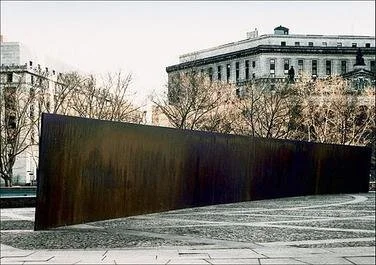Intermediate School 201: Race, Space, and Modern Architecture in Harlem
By Marta Gutman
Faced with intransigent bureaucracy, struggling schools, deteriorating buildings, and entrenched racial segregation, parents in Harlem demanded direct control over the core functions of public education in the 1950s and 1960s. One new building became a flashpoint in the battle for community control—Intermediate School (IS) 201, the infamous windowless school that abuts the Park Avenue railroad viaduct two blocks north of East 125th Street, straddling Central Harlem and East Harlem. White architects and politicians, including the mayor, John Lindsay, rallied to defend “Harlem’s besieged masterpiece,” but parents in Harlem disagreed.[1] The location and the architecture, which many of them opposed, stood as a constant reminder of their unmet demands, from exclusion in policy making to broken promises of integration.
Read More






